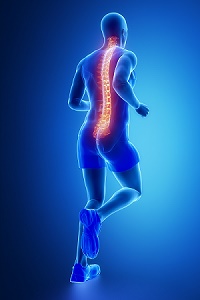Either the chronic static postures that we maintain throughout the day or repetitive bending, twisting with loads or unload are susceptible for back injury. Having a good conditioned deep trunk muscles to stabilize the lumbar spine can help us prevent injury. Continue reading →

